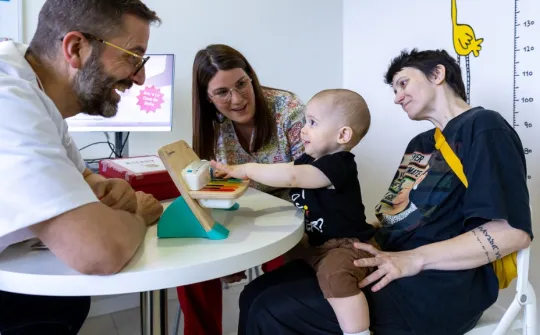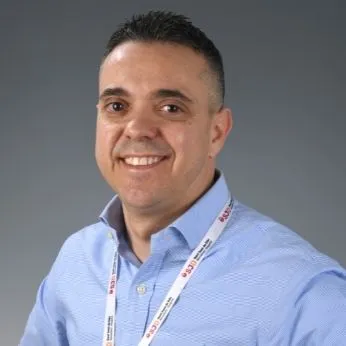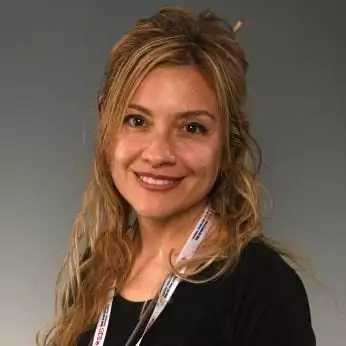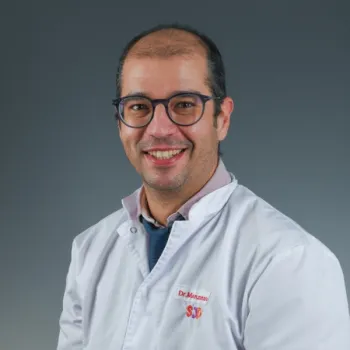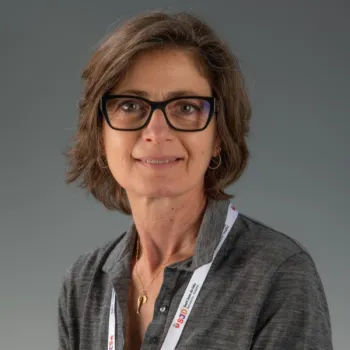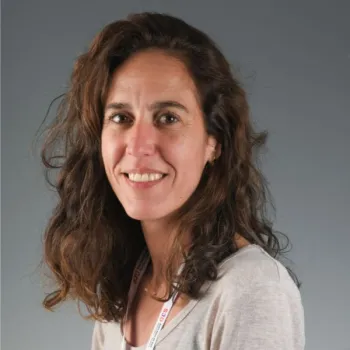
At the Vascular Anomalies and Hemangiomas Unit at the SJD Barcelona Children's Hospital, we diagnose and treat vascular malformations and hemangiomas that appear in infancy and adolescence.
We are a national and European reference center specialising in the diagnosis and treatment of infants with complex vascular abnormalities or malformations and hemangiomas. We offer comprehensive, coordinated, highly specialised care to our pediatric patients, encompassing all aspects of their disease: clinical, genetic, therapeutic and emotional.
We are an active member of the European Reference Network (ERN) VASCERN-VASCA, dedicated to peripheral vascular malformations, and we are also part of the International Society for the Study of Vascular Anomalies (ISSVA).
Accreditations
- ERN VASCERN-VASCA: European Reference Network, dedicated to peripheral vascular malformations. This network comprises European reference centers, and aims to establish common protocols, develop collaborative research lines and facilitate the diagnosis and treatment of patients with rare diseases.
- PeDRA: Research network to improve the lives of children with cutaneous skin diseases.
- Sociedad Española de Anomalías Vasculares ('Spanish Society of Vascular Anomalies' SEAV).
- Sociedad Iberoamericana de Anomalias Vasculares ('Iberoamerican Society of Vascular Anomalies' SIAV).
- Hemangioma Investigator Group (HIG).
What are vascular anomalies and hemangiomas?
Vascular anomalies are a group of acquired and congenital diseases that can affect any organ or tissue, though they often initially manifest in the skin. In most cases, these diseases are caused by small genetic mutations that appear spontaneously in the blood vessels or tissues, and that can only be detected with highly advanced genetic tests, such as NGS (next-generation sequencing) or Digital PCR (polymerase chain reaction).
These lesions can have substantial side effects and professionals from various fields are needed to treat them. The unit comprises specialists from Dermatology, Pediatric Plastic Surgery, Interventional Radiology, Pediatric Oncology, Anatomical Pathology, Traumatology, Rehabilitation, Ophthalmology, ENT, Diagnostic Imaging and Laboratory. This healthcare model allows patients to be assessed by all required teams on the same day.
Why the SJD Barcelona Children's Hospital?
The Vascular Anomalies and Hemangiomas Unit at the SJD Barcelona Children's Hospital is a reference center for the diagnosis and treatment of complex pediatric vascular diseases and is internationally renowned for its work in the field.
We offer precise diagnoses and treatments that are adapted to each disease subtype, offering a comprehensive approach that covers medical follow-up through to psychological support and functional rehabilitation.
We offer laser-based treatments, specialist surgery, interventional radiology techniques (cryoablation, electroporation, sclerotherapy and embolisation), as well as drug treatments for specific mutations, among many others.
Our unit combines clinical research and healthcare, with its own dedicated laboratories for molecular diagnostics, translational research and advanced genetic studies.
Our specialists are carefully coordinated, working as a multidisciplinary team to allow patients to be seen by various specialists on the same day. This makes it easier for our teams to select diagnostic tests and to conduct procedures, as well as optimising the therapeutic process by avoiding unnecessary appointments and tests.
To ensure continuous, accessible, high quality care, especially for patients who live far away from the hospital and who cannot travel, we encourage remote healthcare.
We are members of international networks such as the ERN VASCERN-VASCA, and we work in partnership with other reference centers.
Resources and infrastructure
The Vascular Anomalies Unit has a highly advanced technological infrastructure that allows for maximum-precision care. We use next-generation sequencing (NGS) techniques, which allow genetic material from affected tissues to be analysed and any mutations that could explain why these malformations are occurring to be detected. This allows us to offer precise diagnoses and personalised treatments.
The unit boasts specialist teams that can apply a complete repertoire of available therapeutic techniques, including cutaneous and endovascular laser, minimally invasive interventional radiology (such as sclerotherapy, cryoablation or electroporation) and surgery.
Alongside the Anatomical Pathology Department, the Molecular Oncology Laboratory directly analyses affected tissues to identify specific mutations in the genes that control the growth of blood and lymph vessels. This allows us to offer precise genetic diagnoses and, in many cases, adapt the chosen treatment to the specific molecular characteristics of each patient.
Team
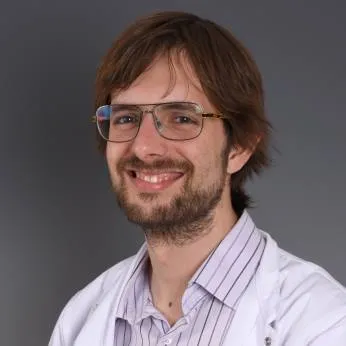
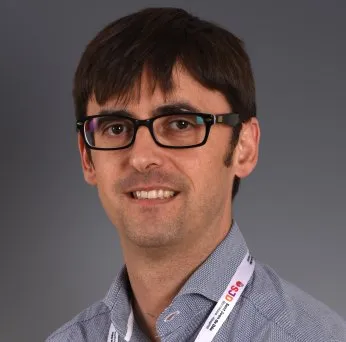

- Napoleón Macías Rodríguez, radiologist.
- Federico Xavier Zarco Contreras, radiologist.
- Sonia Paco Mercader, laboratory.
- Sandra Castillo Díez, reseacher.
Research
The Vascular Anomalies and Hemangiomas Unit team combines clinical research—which studies the patients and their clinical course—with molecular and basic research, carried out by the Vascular Malformations and Tumors Group, who analyse the genetic and biological causes of these lesions. In this regard, we are involved in international clinical trials for new drugs targeting the causes of the diseases we treat.
Furthermore, the unit promotes competitive research projects funded by public and European bodies, such as the Healthcare Research Fund Grant (FIS) from the Spanish Ministry of Health in the study of venous malformations and the risk of thrombosis, or the European NARRATIVE (EU4Health) project, which promotes both a better understanding of rare vascular anomalies and also improved healthcare provision in such cases.

